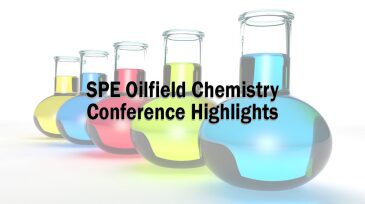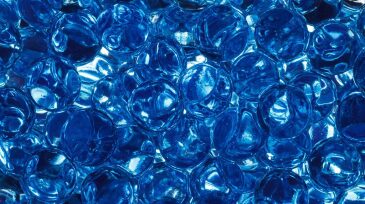Oilfield chemistry
This study compares water-based chemicals that can be used for enhancing the oil recovery of shale-oil reservoirs, including surfactants, nanoparticles, and ketones.
The experience captured in this paper illustrates the potential of deepwater riserless wireline subsea intervention capability and the fact that it can be expanded beyond hydraulic-only, simple mechanical, and plugging-and-abandonment scopes.
This paper presents a novel methodology for assessing the rapid mineral carbonation of carbon dioxide through geochemical interactions with carbon-, magnesium-, and iron-rich minerals abundant in geological formations.
-
The implementation of chemical EOR has proven successful but the method faces significant technical and financial challenges.
-
Tight formations are candidates for hydraulic fracturing as the default. However, the solubility of carbonate by various chemicals provides opportunities to extend the well drainage radius effectively without the intensive equipment, material, and infrastructure demand of hydraulic fracturing.
-
At the 2017 SPE Oilfield Chemistry Conference, an assistant professor from Heriot-Watt University discusses the optimization of squeeze treatments delivered by diving support vessels.
-
A look at the challenges in creating a foamer with corrosion and scale inhibition properties for application in wet-gas production.
-
A new purpose-built center offers cutting-edge research, formulation analysis, and testing in one location.
-
This paper considers some of the challenges and learnings associated with the application of chemicals for preservation of coated pipe/flowline for a major liquefied-natural-gas (LNG) project in Australia.
-
The accurate and precise analysis of scale inhibitors—in conjunction with other field data such as ion analysis, total suspended solids, and productivity index—plays an important role in making decisions about the efficiency of scale squeeze and continuous chemical injection treatments.
-
Approaches to integrated investigative testing and root cause identification are discussed to prevent solid emulsions from stabilizing to impair flowlines and other field infrastructure.
-
Polymer gel is frequently used for conformance control in fractured reservoirs, where it is injected to reside in fractures or high-permeability streaks to reduce conductivity. This paper discusses the behavior and blocking capacity of gel during chase waterflooding.
-
This paper focuses on a numerical-modeling analysis of the acid-gas-injection (AGI) scenario in carbonate HP/HT reservoirs, and presents the way in which AGI impacts asphaltene-precipitation behavior.












